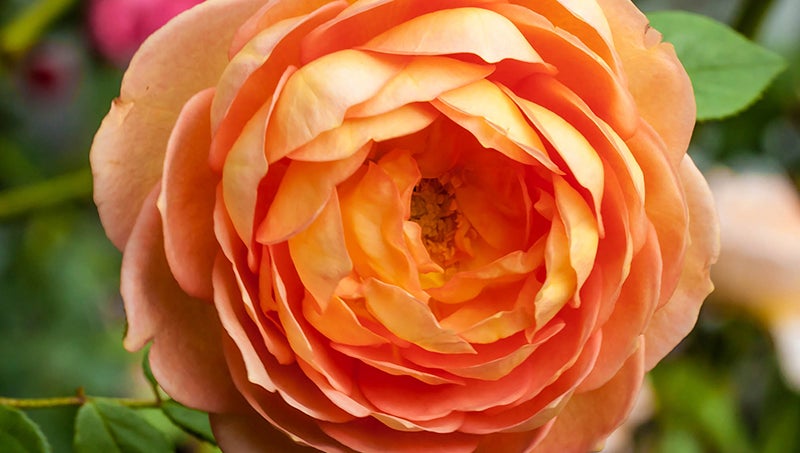How do I propagate roses from clippings?
Published 7:00 pm Thursday, January 3, 2019
What does it mean to propagate a plant? Propagation is the natural process of breeding plants from parent stock. There are several ways to propagate a new plant. Here are few of the most common ways to propagate: air layering, simple layering and taking clippings.
Air layering is the process of forcing roots on an existing branch or stem. This works well on camellias, for example. We can do a simple layering technique by placing soil on a low hanging branch or stem such as a muscadine or fig then staking or weighing down with a brick. One of the most common ways to propagate your favorite plant is by taking cuttings and rooting them. All of these methods create a new plant that is genetically identical to the parent plant.
Propagating new plants is a way to fill your garden, share with friends or donate to programs like the Extension Master Gardener Volunteer program in Beaufort County. The EMGV program trains volunteers through classroom instruction and an internship to help folks with consumer horticulture questions. If you like tinkering with plants and like helping people, you should strongly consider being an EMGV. Call the Extension office in Beaufort County or visit our website for more information today.
So, how do I propagate my roses from cuttings? Specific plants work well with specific methods of propagation. In the instance of a rose, taking cuttings is one of the easiest ways to propagate a new plant. There are patent laws that protect certain plants from being propagated so make certain that this is not a protected cultivar. Timing is a very important component of propagating any plant. There are soft cuttings and hardwood cuttings that can be propagated. In the early summer, new growth can be cut as soft cuttings. During the dormant season, hardwood cuttings can be taken for propagation. In the case of roses, cuttings can be taken any time of the year for propagation but, the best success will be with cuttings taken November through February.
Take a cutting from the growing tip that is 6 to 8 inches long. Typically these will have withered flowers or hips beginning to form. Take the cutting, using a sharp knife or pruning shears, at a 45-degree angle. Remove the flower heads or hips down to the first set of leaves. The best time of day to take a cutting is in the early morning before the sun hits the plant. Take care not to let your cuttings dry out before sticking them. Using a rooting hormone will increase your chances of successful propagation. Rooting hormone is available at most garden or hardware stores. Remove the leaves on the lower portion of the cutting but keep the upper leaves. Scar the bottom inch of your cutting by scraping the cambium, then dip it into the rooting hormone.
Now, you are ready to stick your cutting. Use a small pot with good potting soil loosely packed and moist for sticking your cutting. You can also try sticking them outside in a good sunny location, shielded from afternoon sun, with well-drained soil. If using a pot, it is important to cover the entire pot with a bag to retain humidity and moisture while roots are being grown. Make sure pots are located in bright light but not direct sunshine. During the rooting period, make sure cuttings do not dry out — this will spell sudden death. Lightly mist the plants once a day, and make sure to water enough to keep the soil moist. If using pots, grow the cuttings out for the entire season before planting in beds the following fall. Be sure to protect your new plants from wind damage throughout the winter, and enjoy your new roses next spring.
If you are having an issue in your home garden or landscape, send your questions to Gene Fox, please email at Gene at gene_fox@ncsu.edu. Learn more on Facebook at the Blacklands Area Horticulture page or visit the Extension Office, located at 155 Airport Road in Washington.
Commercial landscapers: put Jan. 29 on your calendars for an opportunity to earn CEU’s at the Beaufort County Extension Center. I will have more information on this event available in the upcoming weeks.
Gene Fox is a consumer horticulture agent with the North Carolina Cooperative Extension Service, covering Beaufort, Hyde, Tyrrell and Washington counties.






